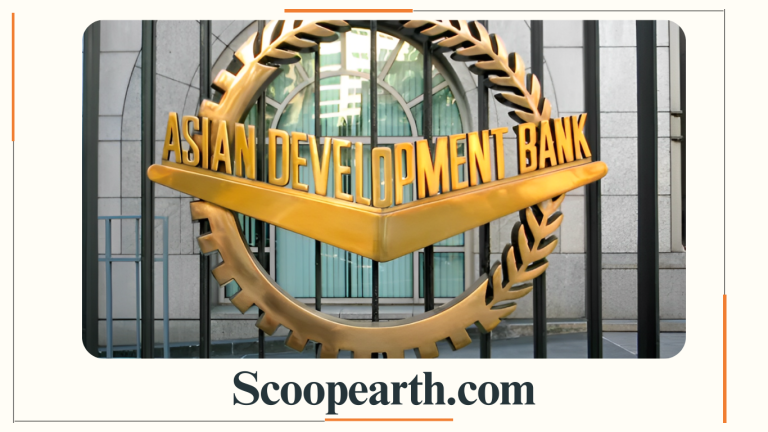The Asian Development Bank (ADB) will provide Rs 1460 crore debt financing to the ENGIE group to develop a 400mw solar PV power project in Gujarat’s Surendranagar district. ADB and the Asian Infrastructure Investment Bank are providing co-financing for this project, thus assisting India in transitioning towards cleaner energy and meeting its non-fossil fuel objectives.
Loan and Energy Goals
ADB served as the MLA for the entire loan, while AIIB and ADB committed to providing Rs 7.3 billion each. This aligns with India’s commitment to add at least 500 GW of energy capacity through renewable sources by 2030.
ENGIE SA’s expertise in solar power
ENGIE is a global company that operates in the energy sector with a priority for renewable energy sources. ENGIE also sells utility-scale solar PV systems, where large solar panels are installed to generate power for the grid. To minimize costs, it connects residential and industrial PV systems with storage batteries, electric vehicle charging stations, and local wind farms.
In the South African region, ENGIE closed the acquisition of BTE Renewables, which brought 340 MW of operating renewables assets and a pipeline of over 3 GW development projects. Through BTE, ENGIE gained proficiency in onshore wind farm generation and more solar PV power plants. Due to its current stance on renewable energy, ENGIE will continue to be instrumental in the shift toward sustainable power generation.
Environmental Impact
The ADB’s involvement shows its willingness to fund renewable energy projects through local currency and long-term funding arrangements. The proposed solar plant shall have a levelized output of 805 GWh annually and offset nearly 662,441 tonnes of CO2 emissions yearly for the next twenty-five years.
Impact on the Local Communities
Regarding the impact during the construction phase, the project will employ laborers, engineers, and technicians. Furthermore, the constant maintenance and operation of the plant will also be a source of employment. The project will promote local competencies by installing and maintaining solar energy technology. Reskilling may be achieved via training initiatives that could be developed to enhance human capital.
The development of the solar plant gives rise to infrastructure development within the area of interest. Roads, power lines, or stations may be extended or established. A higher amount of economic activity due to the project can potentially improve small businesses, eateries, and services. It may also stimulate the development of related industries, such as those based on solar power. The solar plant makes a positive impact by minimizing the use of fossil fuels, making the air fresh and healthy for those close to the plant.
Stakeholder engagements such as consultations and interactions with the community should be conducted at the planning and implementation stages. The project should meet community concerns that may arise within that area. In conclusion, the construction of the solar power plant plans to positively impact the environment and the nearby public in terms of electricity supply and employment facilities.
Conclusion
The partnership concerns how the private sector can address climate change and promote clean energy in Asia and the Pacific region. Safe diversification allows procuring solar modules from India-based manufacturers, supporting the region’s sustainable development.










